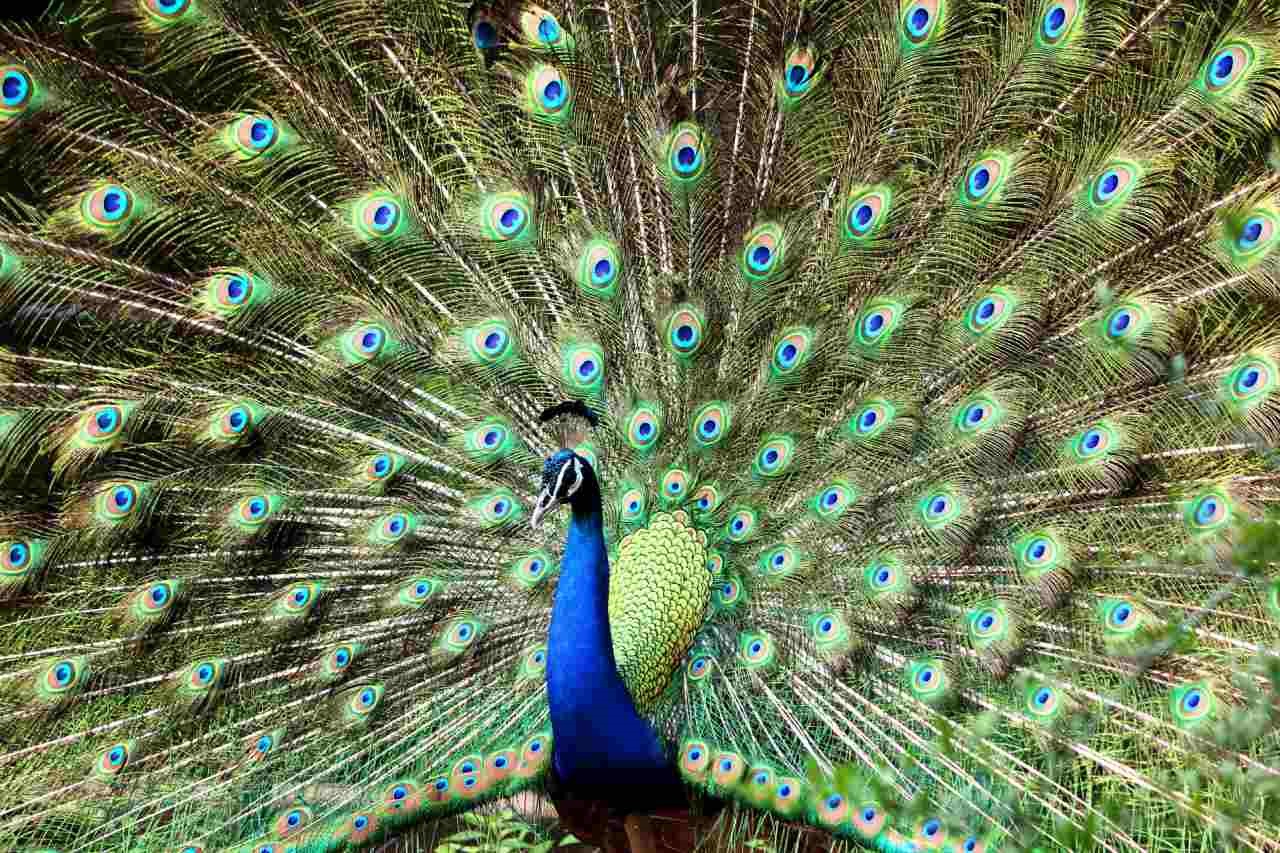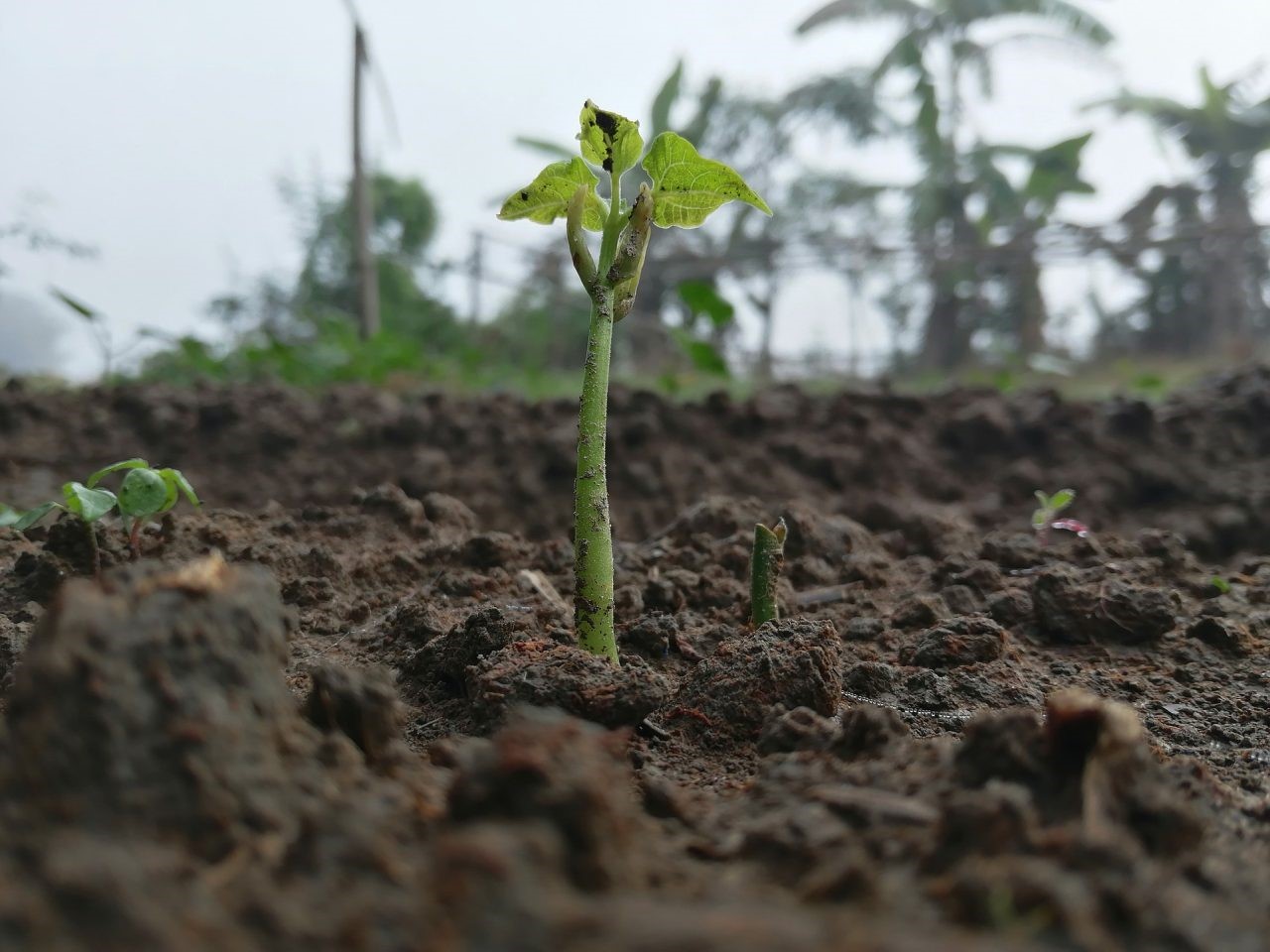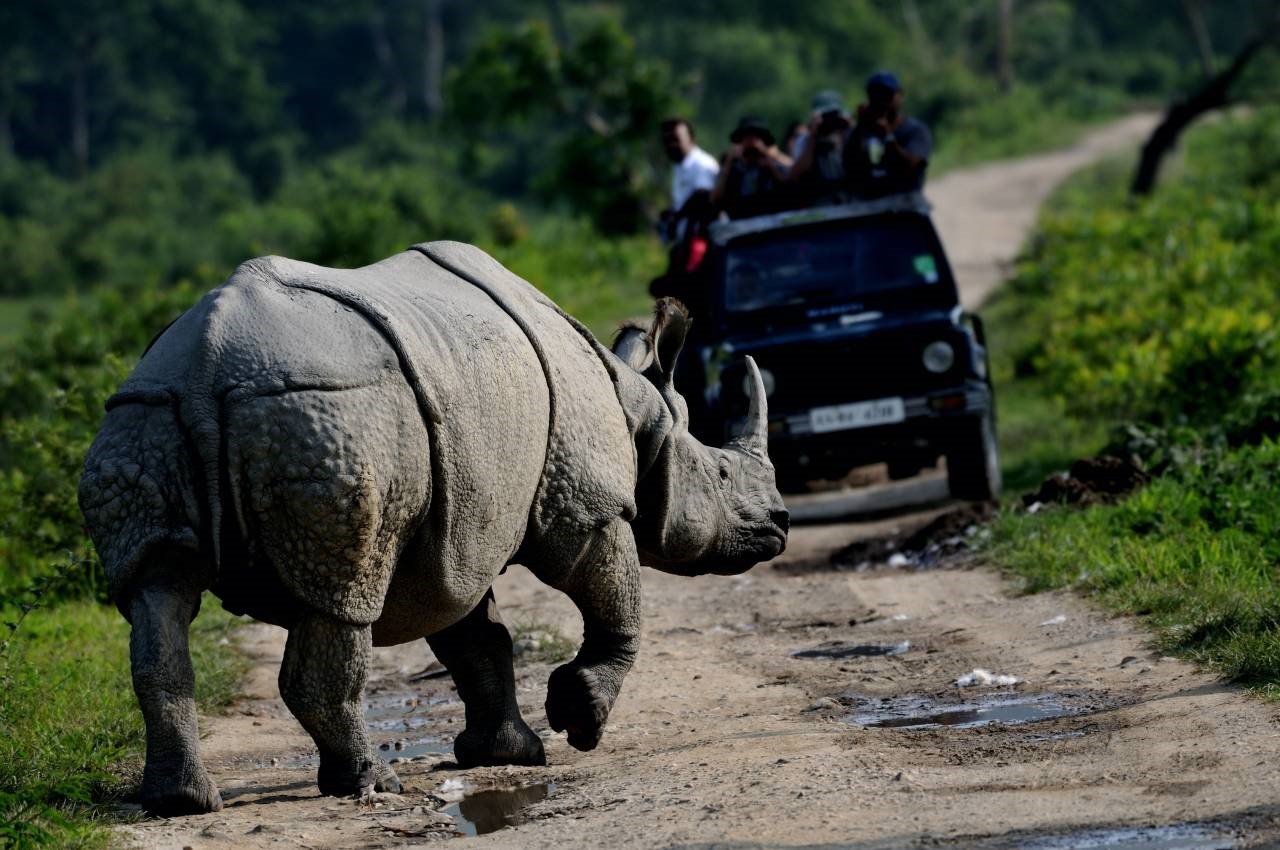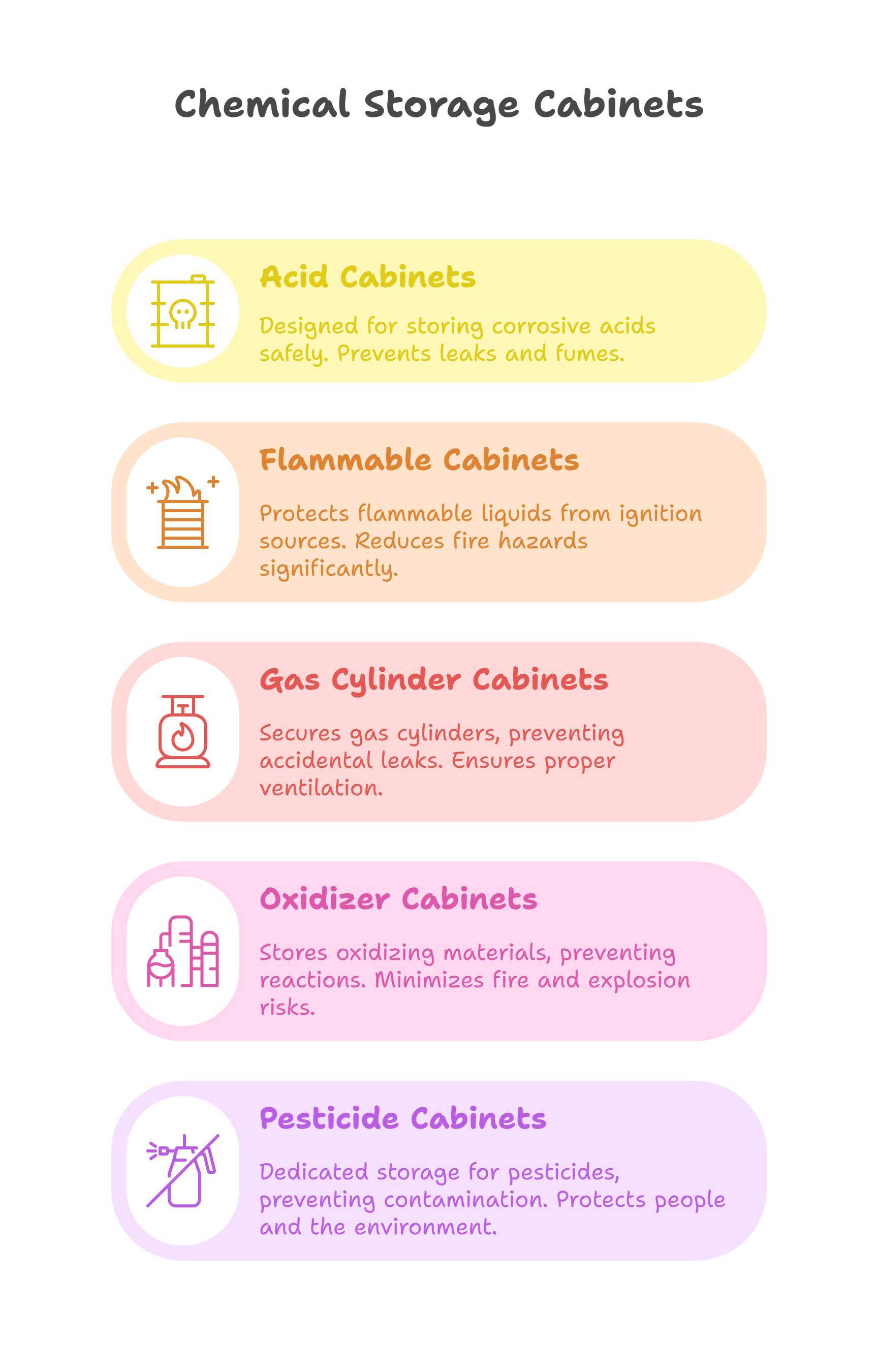What is the AHSEC Biology Practical Syllabus
We all are nothing but biological organisms, and so we have to know biology to understand ourselves better. Today, we will talk about the AHSEC biology practical syllabus, its examination and classes structure, and the list of experiments and observations in the Assam board biology practical syllabus. This article is best suited for students and teachers of AHSEC class XI-XII grade ‒ or anyone who is interested in Assam board biology practical curriculum.
Students of class 11 have to prepare for the AHSEC board exams next year, and practical classes are a big part of that. Ever since the National Education Policy 2020 came out, the various boards of education have been leaning more and more on hands-on education. As such, the Assam board biology practicals have become more important for students and teachers both.

The thing is, many schools do not choose to complete the full AHSEC biology practical syllabus, for whatever reason. But in a real-world situation and for later education and work (if you choose a bioscience based career), all of the experiments and observations are very much important. You can go to the Labkafe Tutorials to complete the syllabus, or you can ask a teacher or professor to give you extra classes.
The AHSEC biology practical syllabus is divided into two parts, botany and zoology, just like the theoretical parts. Each of these parts have 15 marks (making 30 marks in total). You will have to complete portions of both parts throughout classes 11 and 12. Each part has some experiments and some observations, you have to do both.
List of AHSEC Biology Lab Practicals
Part a: Botany
Observations
- Study various parts of a compound microscope and learn their functions.
- Study specimens of the following to identify with reasons:
- Bacteria, Oscillatoria, Spirogyra, Rhizopus, Mushroom, Yeast, Liverwort, Moss, Fern, Pinus, one monocotyledon, one dicotyledon and one lichen
- Use prepared slides to study various plant cells and tissues as the following:
- palisade cells, guard cells, parenchyma, collenchyma, sclerenchyma, xylem, phloem, mitosis in onion root tip cells
- Observe with models, charts or specimens the different modifications of roots, stems, and leaves.
- Observe with models, charts or specimens at least three different types of flowering plants ‒ solanaceae, fabaceae, liliaceae.
- Observe with models, charts or specimens the different types of inflorescence.
- Prepare a transverse section of monocot and dicot roots and stems of normal types and study them thoroughly.
- Study how stomata is distributed in the upper and lower surfaces of a leaf.
Experiments
- Potato osmometer experiment
- Imbibition experiment with seeds or raisins
- Respiration experiment with flower buds, leaf tissue, or germinating seeds
- Anaerobic respiration experiment
- Phototropism experiment
- Apical bud removal experiment
- Suction due to transpiration experiment

Part b: Zoology
Observations
- Study the following with specimens and/or virtual models, and learn to identify with reasons
- Amoeba, Hydra, Liver fluke, Ascaris, Leech, Earthworm, Prawn, Silk worm, Honeybee, Snail, Starfish, Shark, Rohu, Forg, Lizard, Pigeon and Rabbit
- Use prepared or temporary slides to study and identify the following animal cells and tissues
- squamous epithelium, muscle, fibers and mammalian blood smear
- Use models to study the external models of earthworms, cockroaches, and frogs.
- Study the human skeleton to understand the bone structure and joints.
Experiments
- Macro nutrient tests ‒ find the presence of the following in various biological materials:
- Sugar, starch, proteins, and fats.
- Urine tests ‒ find the presence of the following in urine:
- Sugar, albumin, bile salts, and urea.
- Blood test ‒ look for the presence of sugar in blood.
- Apply salivary amylase on starch in different temperatures and study the effects.

Assam Board Bio Lab Practicals
Assam Higher Secondary Education Council (AHSEC) handles the higher secondary education in Assam, and SEBA handles the part from primary to secondary level. You can find most of the details in the AHSEC official website . They have created quite a well-rounded syllabus for biology, and this would be great for students going in the bioscience lines.
However, if you want to follow this syllabus in your school or institute, then you will need proper materials and setup for it. First, you need a good wet lab setup , and you need all the lab equipment there too. For this, you can use Labkafe’s AHSEC Biology Lab Package which has everything you need to perform these experiments and observations. It includes all lab apparatus, equipment, glassware, reagents, and consumables needed for the above list. This package is custom-made for the Assam board only and is mandatory for anyone looking for board affiliation.
The Assam board takes the yearly board exams in March-April, and the practicals are finished right before that. So, you have time to finish the above list of AHSEC biology practicals completely, by yourself, with the school, or with external help. Either way, following this syllabus successfully will open up a plethora of opportunities in biology related careers. As a satellite industry of education, we are dedicated to see that every student gets the best lab infrastructure possible.












Leave a Reply